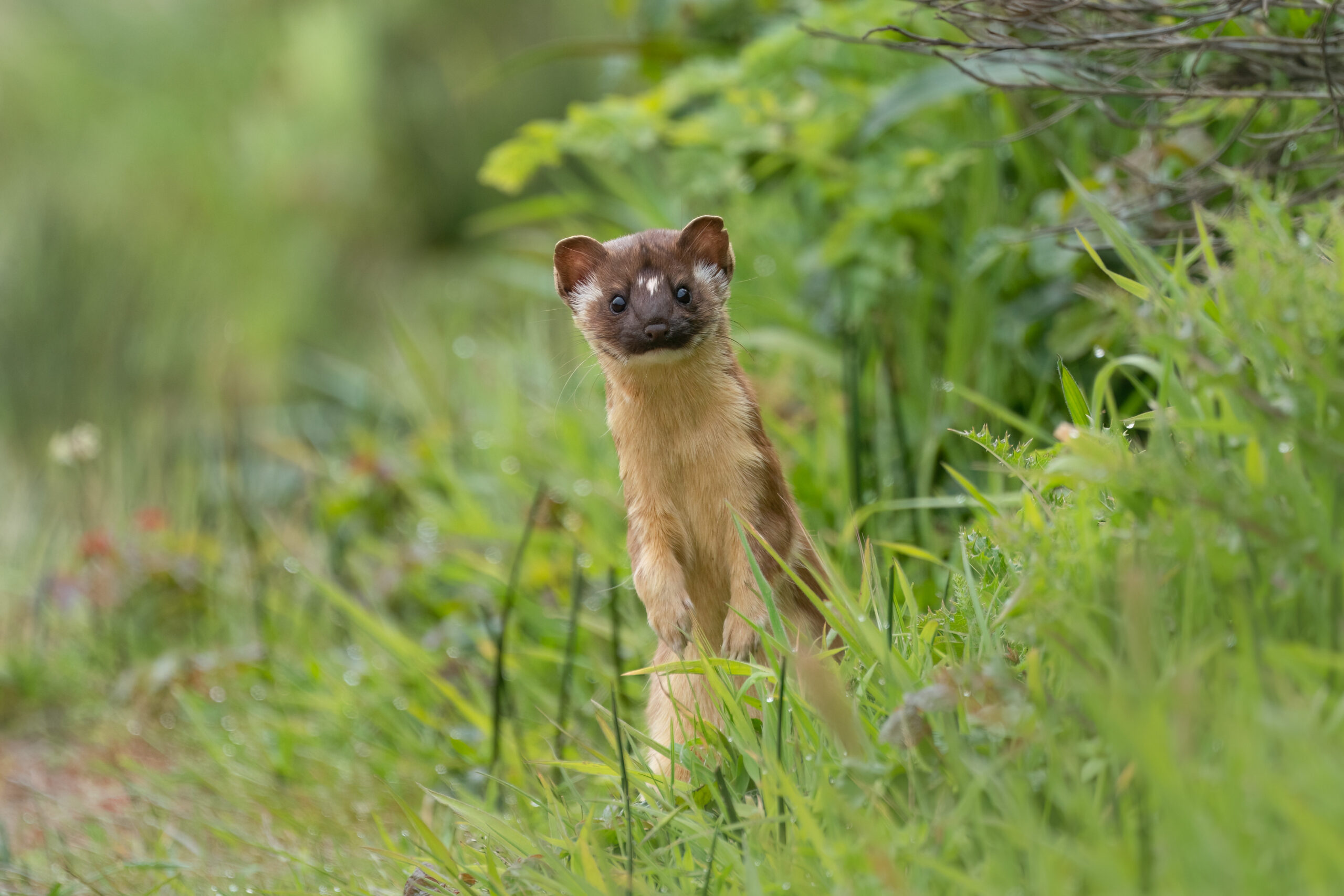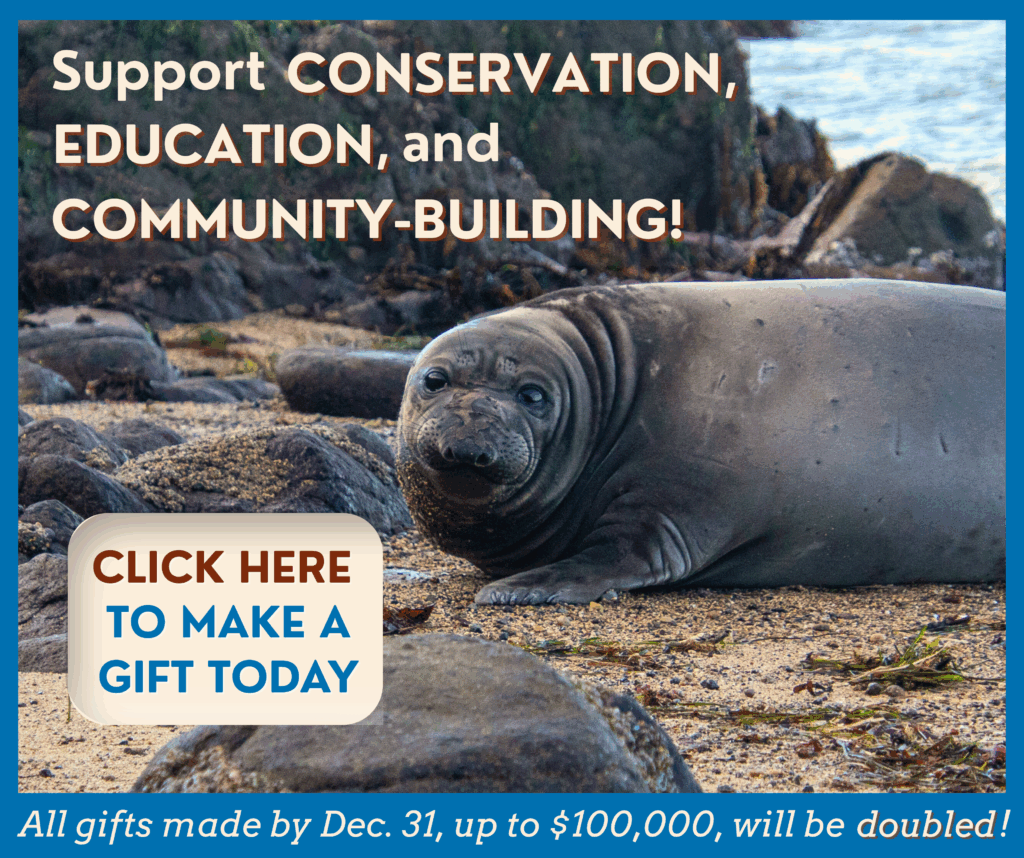Photographer Spotlight: Kumiko Iwashita
October 8, 2025__|__Point Reyes National Seashore Association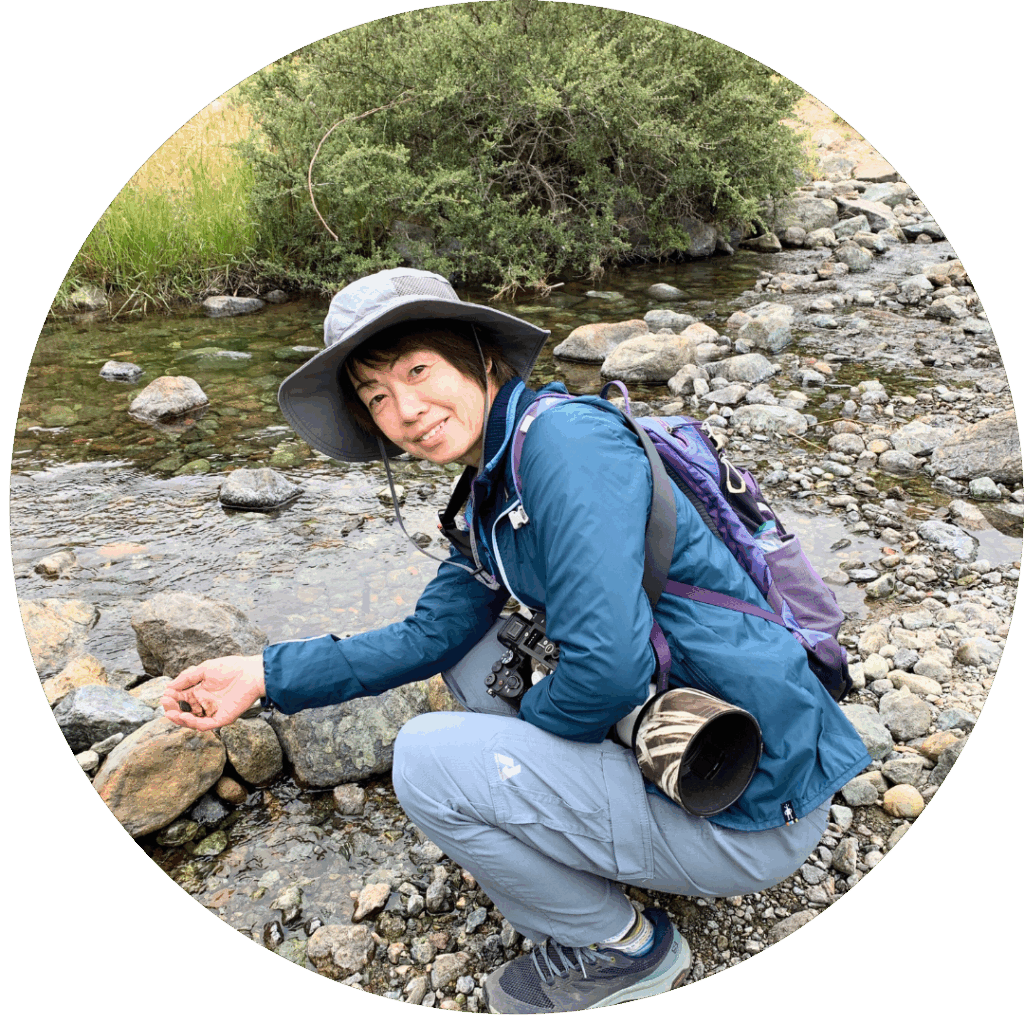
Photography first became part of Kumiko’s life when her father gifted her a film camera at age 12. During the pandemic, she began hiking the Bay Area’s many trails and became interested in wildlife photography. From photographing frogs at PRNSA’s volunteer events to river otters basking on the banks of Abbotts Lagoon, the practice of photography has taught Kumiko to look closer, slow down, and appreciate the quiet lives unfolding all around us. Through her images, she hopes to spark a sense of connection and responsibility to protect these animals.
Q: How long have you been a photographer and what brought you into the world of wildlife photography?
Photography has been part of my life ever since my father gave me a film camera when I was 12. I’d bring it on every trip, documenting my experiences along the way. Years later, when my kids were in gymnastics, I got my first DSLR to take photos of them at competitions and that’s when I began taking photography more seriously.
I got interested in wildlife photography during the pandemic. I started hiking trails around the Bay Area and started to notice the wildlife, which made me bring out my camera to photograph them. This time period opened my eyes to the abundance of nature in our local spaces.
Q: What do you love about photographing at Point Reyes?
Point Reyes is a treasure trove of biodiversity nestled in a beautiful landscape. Every visit offers something new to observe and appreciate. While I’m especially drawn to photographing mammals, I enjoy seeing beautiful spider webs glistening with dew just as much. There’s so much to see and photograph, and I’ve only experienced a small portion of it. That sense of endless discovery is what keeps me going back to Point Reyes.
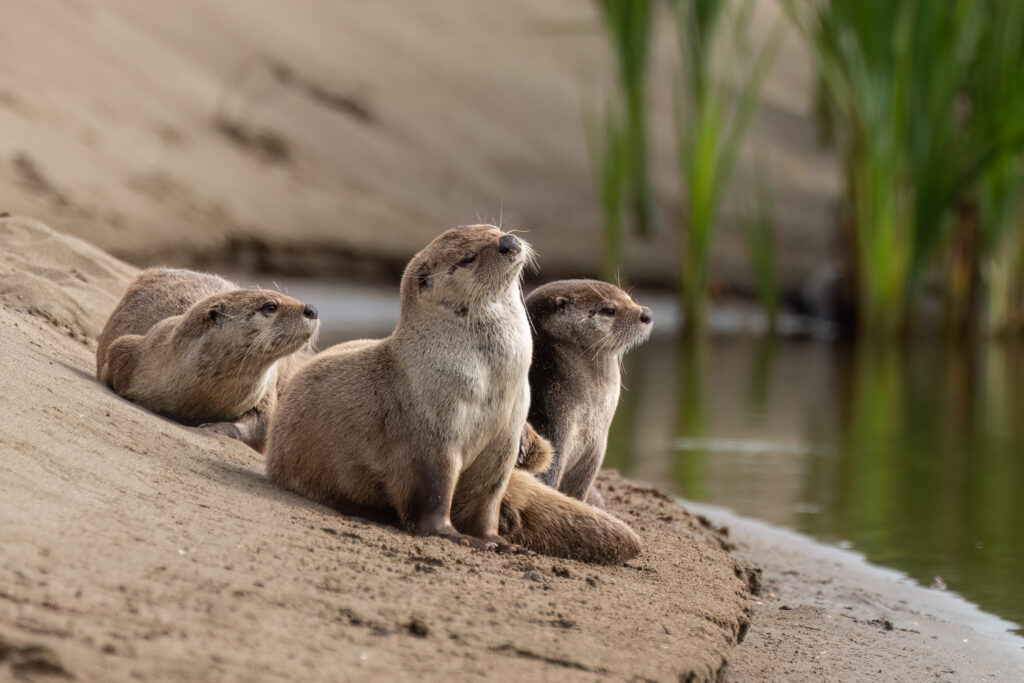
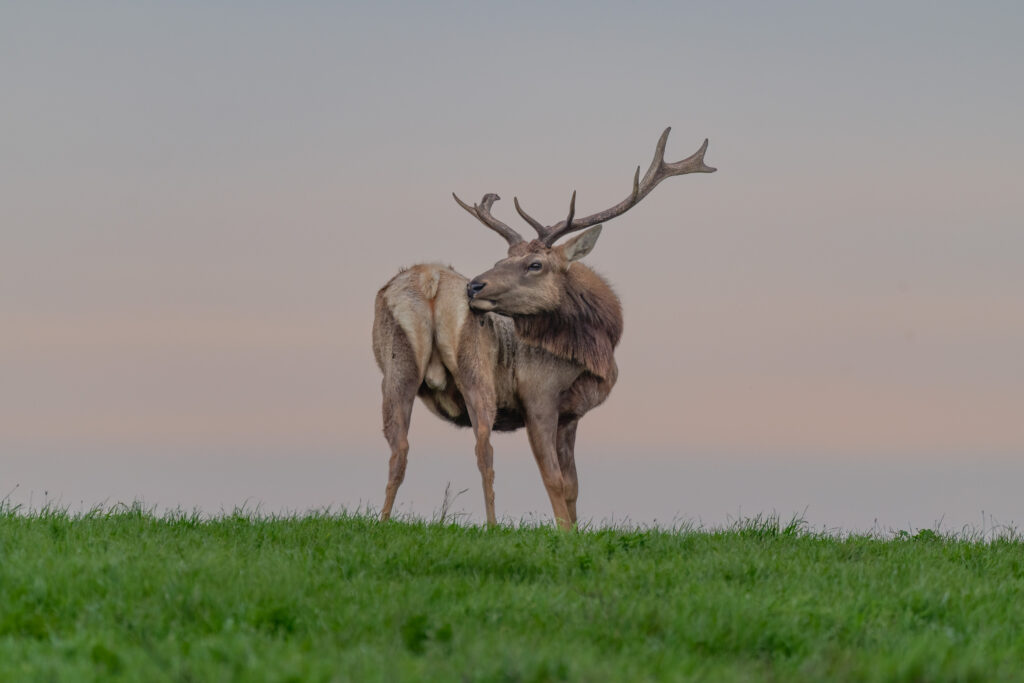
Q: What is your creative process? To what extent do you plan out shoots vs. photograph spontaneously?
I usually head out with something in mind like hoping to see river otters at Abbotts Lagoon, but most of the time, I end up with something entirely different. I may not find the otters, but I’ll spot Allen’s hummingbirds zipping around or hear a common yellowthroat singing along the way. I’ve learned not to plan too much and just stay open to whatever unfolds. Some of my favorite shots have come from unexpected moments.
Q: What’s a favorite moment—it can be big or small—that you’ve experienced in the park?
Some of my favorite moments in the park are the ones that I never saw coming. One day, while I was walking on a trail, a long-tailed weasel popped out right by the trail. Instead of running into the bush, it popped back up curiously looking at us, giving me a chance to photograph it. Another time, I was volunteering on an ice plant removal project, and someone spotted a tiny Pacific chorus frog tucked among the leaves. I quickly grabbed my camera from my car to photograph it before it moved away. I was so excited as it was my first time seeing one at Point Reyes.
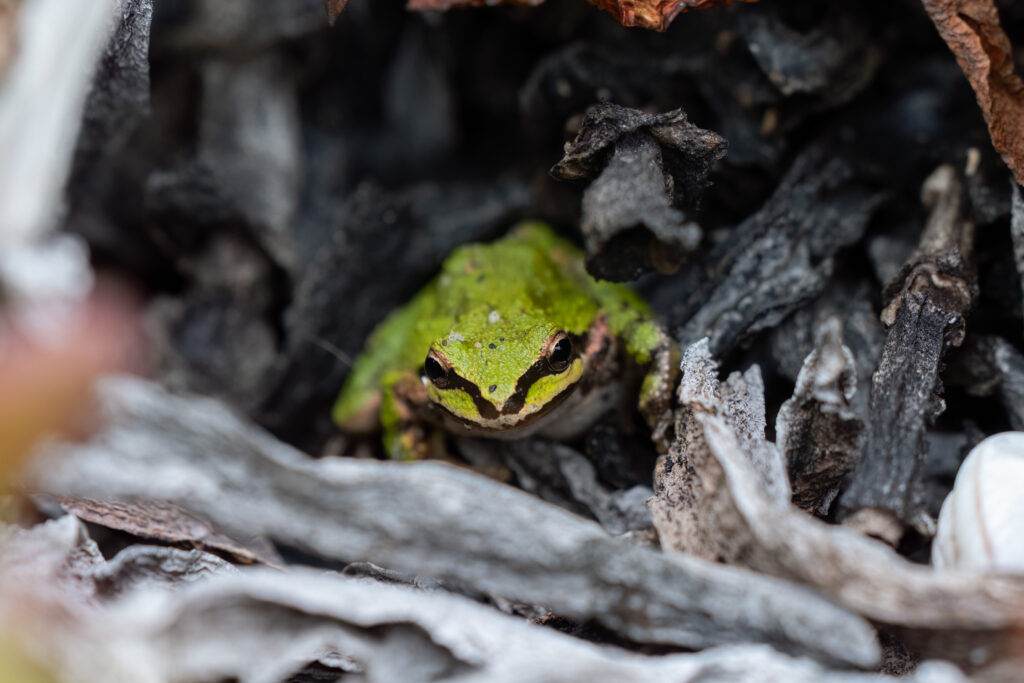
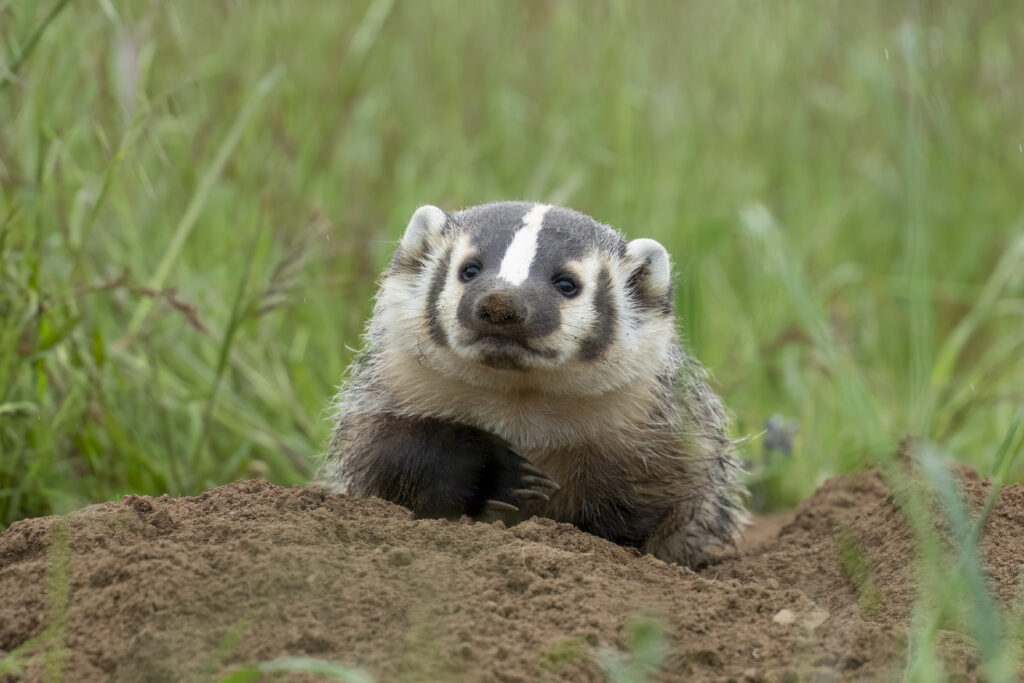
Q: Has photography changed your relationship with nature?
Absolutely. Photography has completely changed how I relate to nature. Before I picked up a camera, I’d walk through the woods or along a trail and maybe notice the trees, the sky, and the occasional deer. But now, I see so much more. I notice the voles darting across the trail, the harrier gliding overhead, the sand wasps digging their burrows in the sand, and more.
Photography has taught me to look closer, to slow down, and to appreciate the quiet lives unfolding all around us. It’s made me realize that nature isn’t just a backdrop; it’s a living, breathing world that we’re part of.
Q: What role do you feel that photographers have in conservation and environmental awareness?
I hope to spark a sense of connection and a sense of responsibility to protect these animals through my images. My photos of animals raising their young, hunting for their meals, or spending time with their family will hopefully make viewers realize that we share the same earth, breathe the same air, and rely on the same ecosystems to survive.
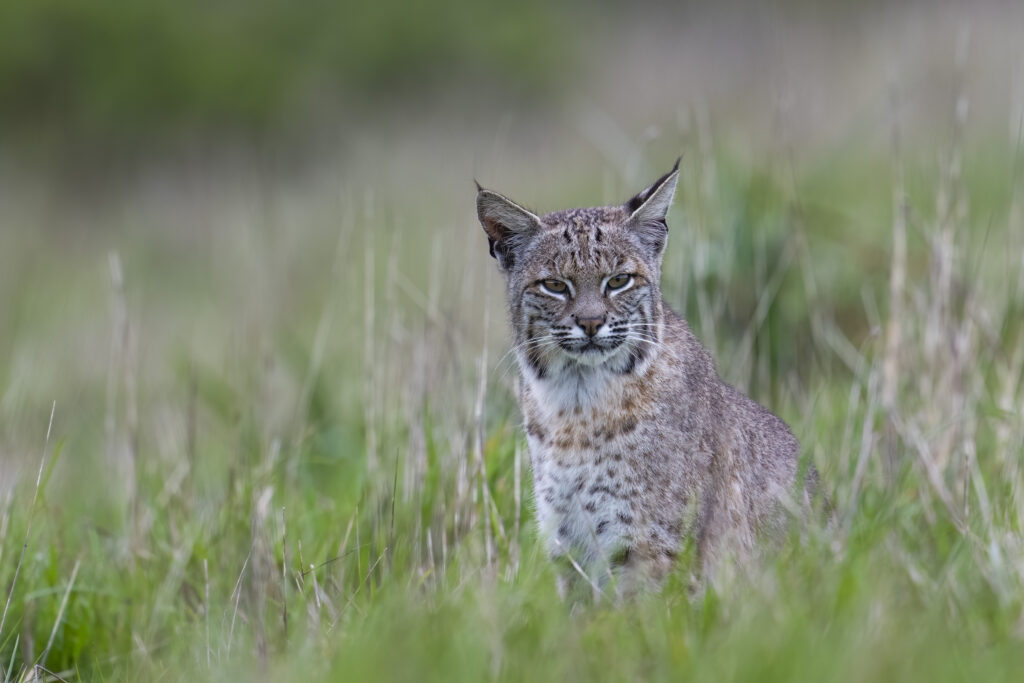
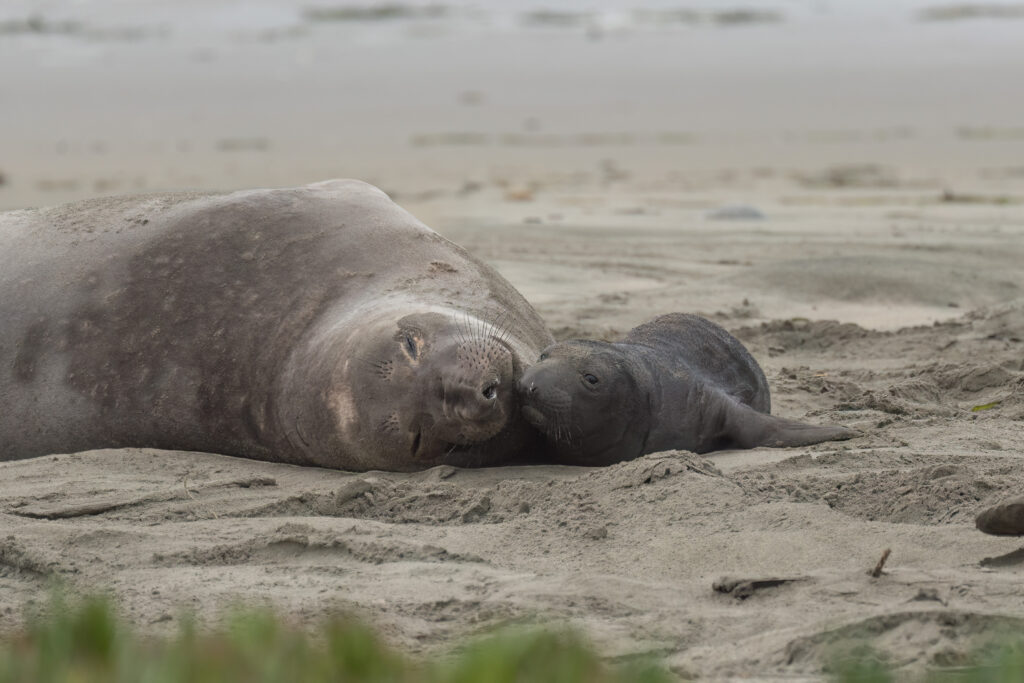
Q: What is a piece of advice that you might share with aspiring photographers?
One of the most valuable lessons I’ve learned is the importance of respecting wildlife. That means keeping a safe distance, limiting your time with them, and never crowding them. Watching seasoned photographers move quietly, give space, and prioritize the animal’s comfort taught me a lot. I also learned the value of understanding animal behavior and habitats because it helps you anticipate where and when to position yourself for the best shot.

